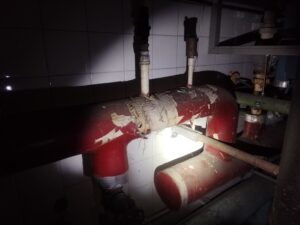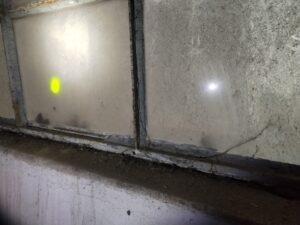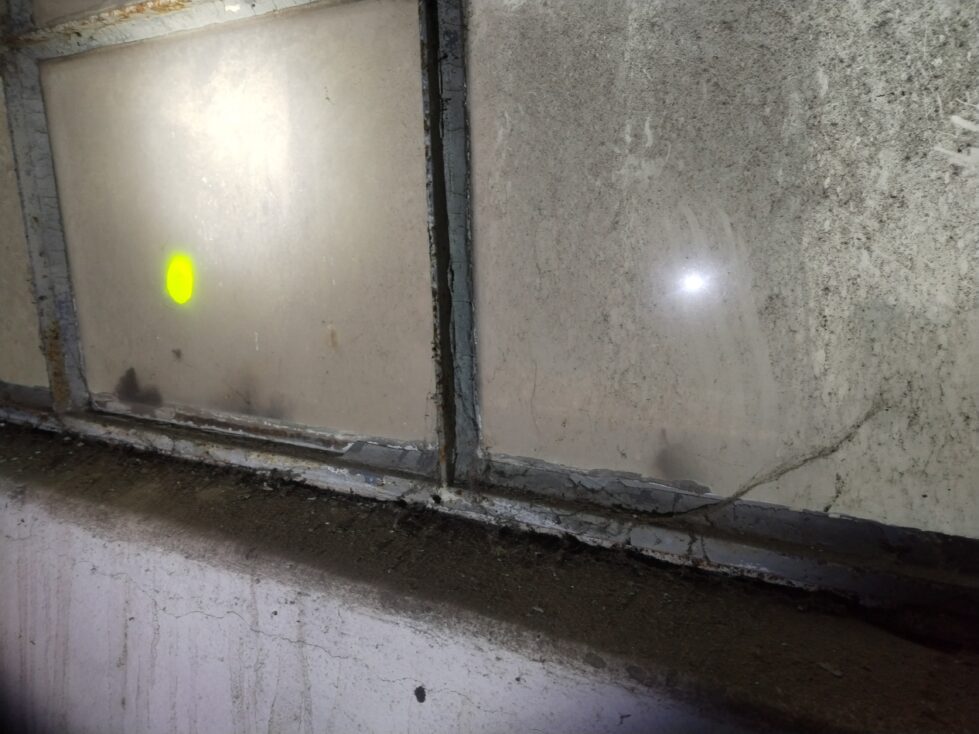In recent times, numerous requests have tasked us with dealing with a material well known for its dangers: asbestos.

ACM coated tube
Asbestos comprises a group of silicate minerals from the serpentine and amphibole series, characterized by a fibrous consistency. It is typically found in metamorphic rocks of magmatic origin that have undergone the process of serpentinization. Chrysotile was by far the most extracted and utilized mineral for the production of Asbestos Containing Materials (ACM).
Italy, with its Amiantifera mine in Balangero (TO), stood as one of the major extractors and producers of ACM. This mineral, renowned for its fireproof and heat-insulating properties, was extensively used and incorporated into various compounds, particularly from the early 1900s, with its peak usage between the 1960s and 1990s. However, with the enactment of law no. 257 in 1992, its extraction, use, and marketing were prohibited as it was officially recognized as carcinogenic.

Window putty containing asbestos
Friable ACM refers to materials with poor cohesion and a high concentration of asbestos fibers. Due to their weak aggregation, they pose a significant risk of dispersing fibers into the air. Prolonged exposure to high quantities of airborne asbestos fibers significantly increases the risk of respiratory diseases.
In addition to the well-known asbestos-cement roofs, commonly referred to as Eternit (named after the producing company), asbestos was incorporated into numerous other compounds and can still be found in old buildings in various forms, including:
- Plasterboard and wallpaper;
- Coverings for flues, pipes, and gaskets;
- Sprayed surface insulation;
- Window putty and paint;
- Vinyl-asbestos floors;
- Protective clothing and furnishing fabrics.
The Zulberti team was tasked with developing a characterization plan for several buildings dating back to the 1930s, which are slated for decontamination. The primary objective of this characterization is to map and identify all potential sources of asbestos-containing materials. Visual analysis of buildings, sampling, and analysis by an accredited chemical laboratory are conducted to ascertain the presence of asbestos fibers and to identify the portions of the structure requiring decontamination.
This type of characterization is essential for obtaining a comprehensive understanding of the buildings’ condition and for planning decontamination and demolition interventions, while also considering the costs associated with waste materials.
Condividi questo Articolo



